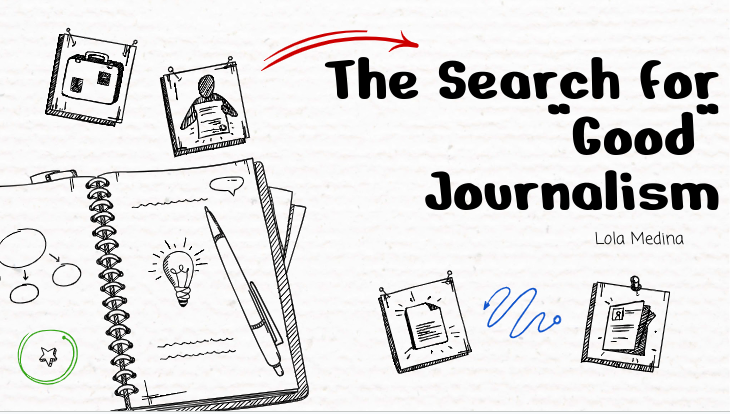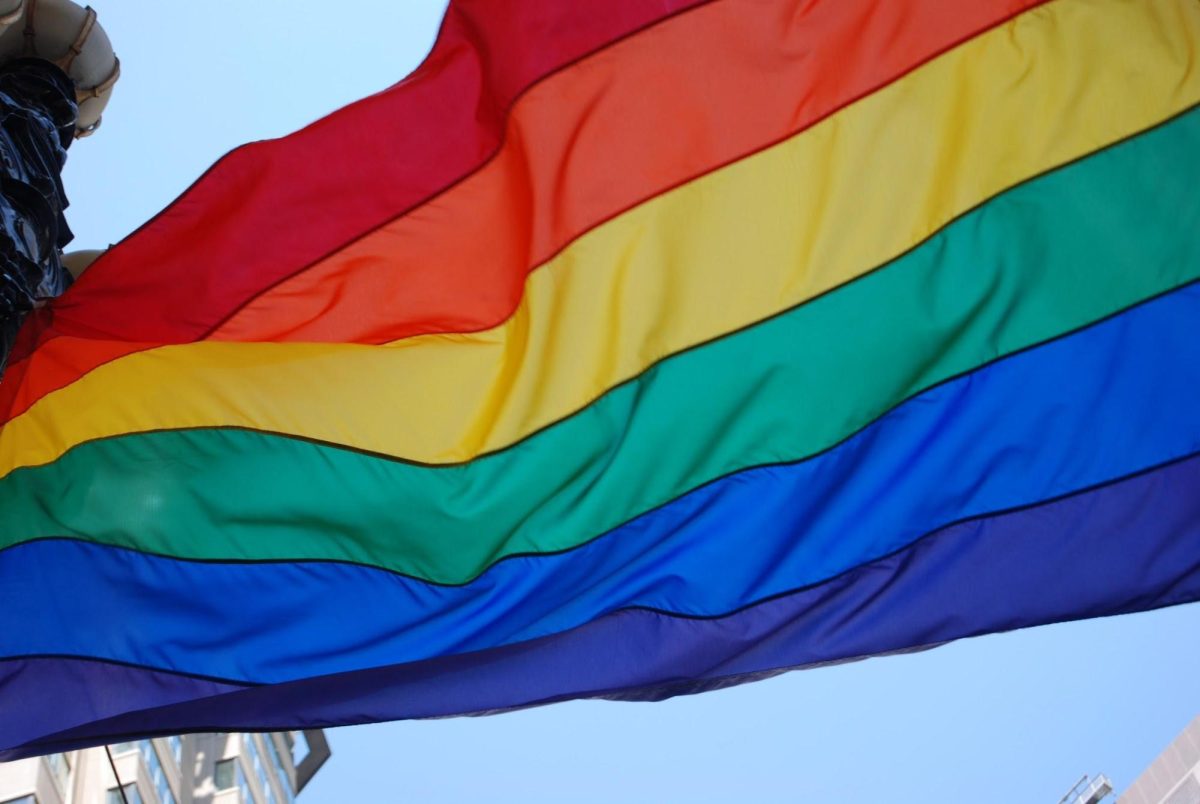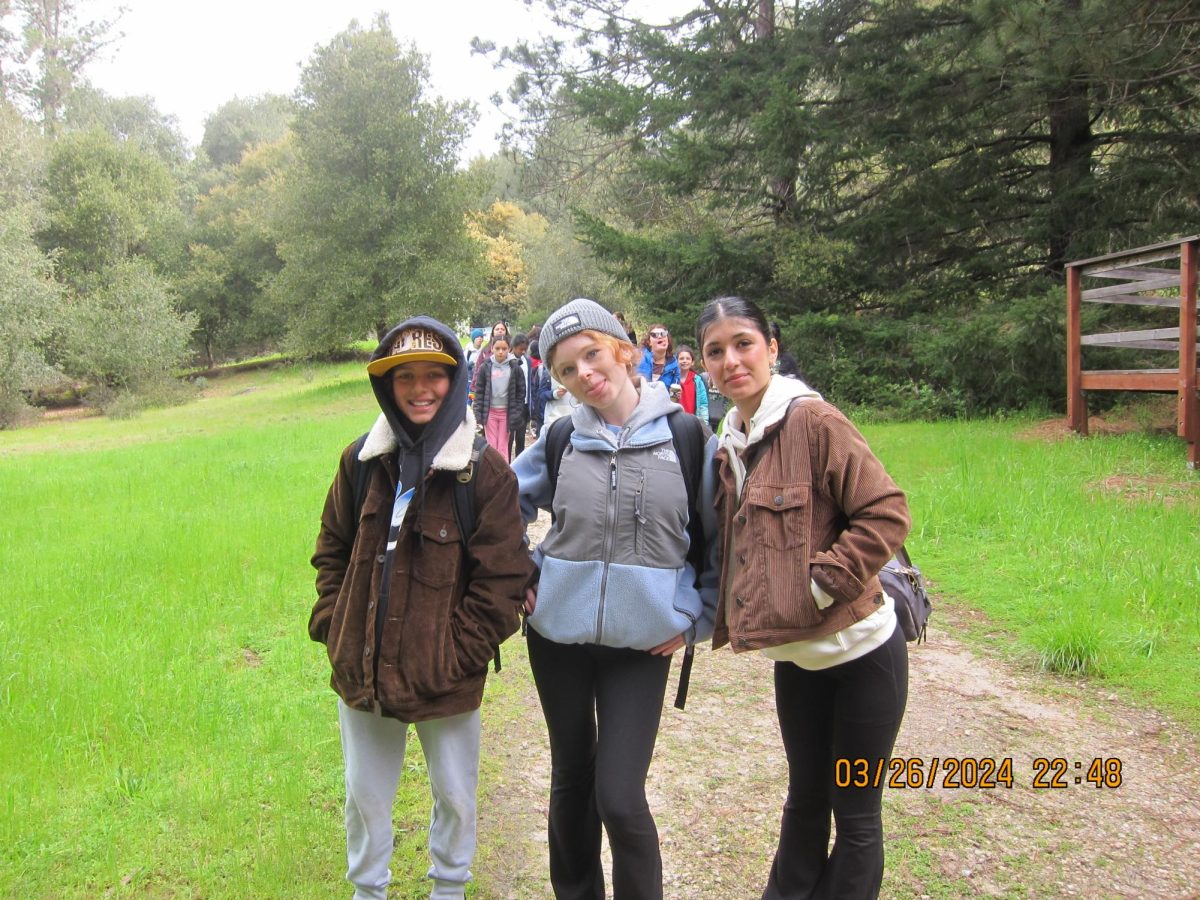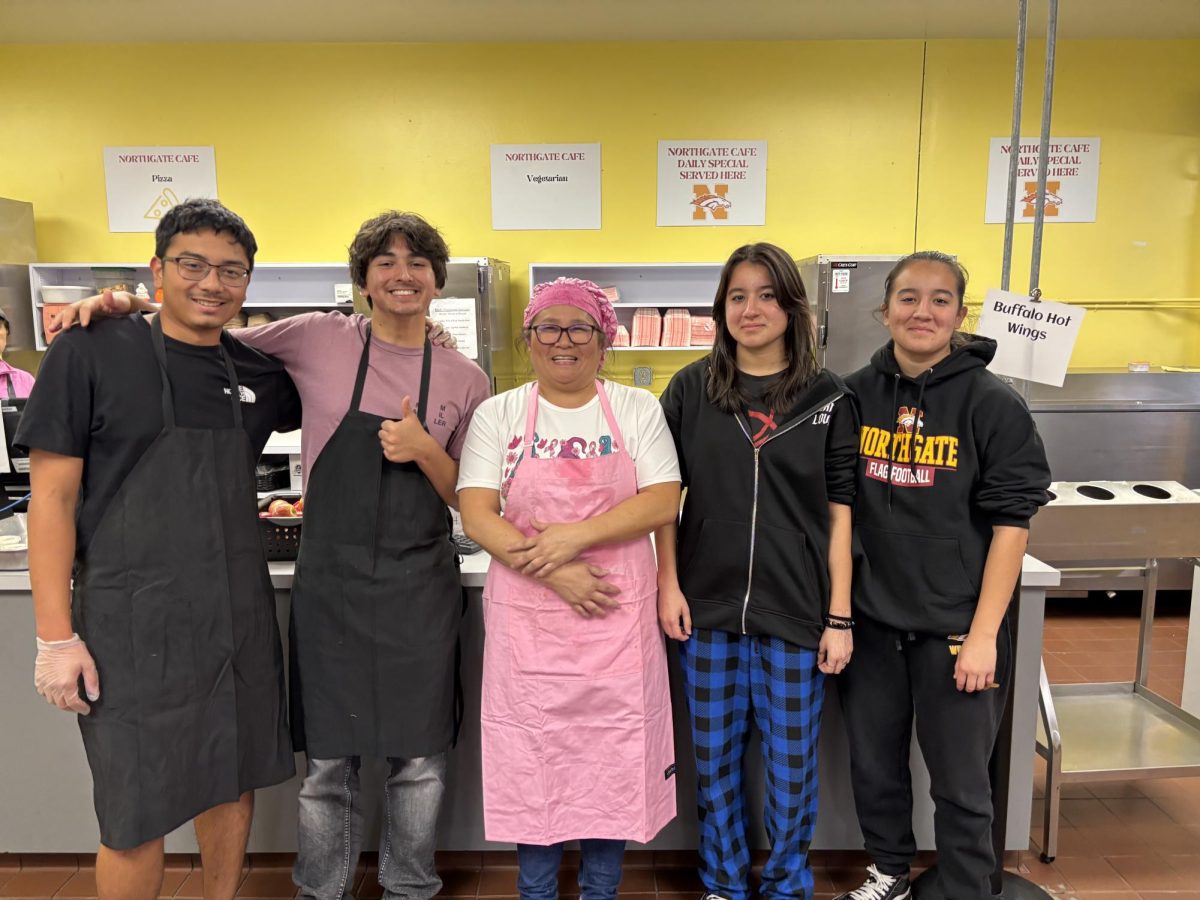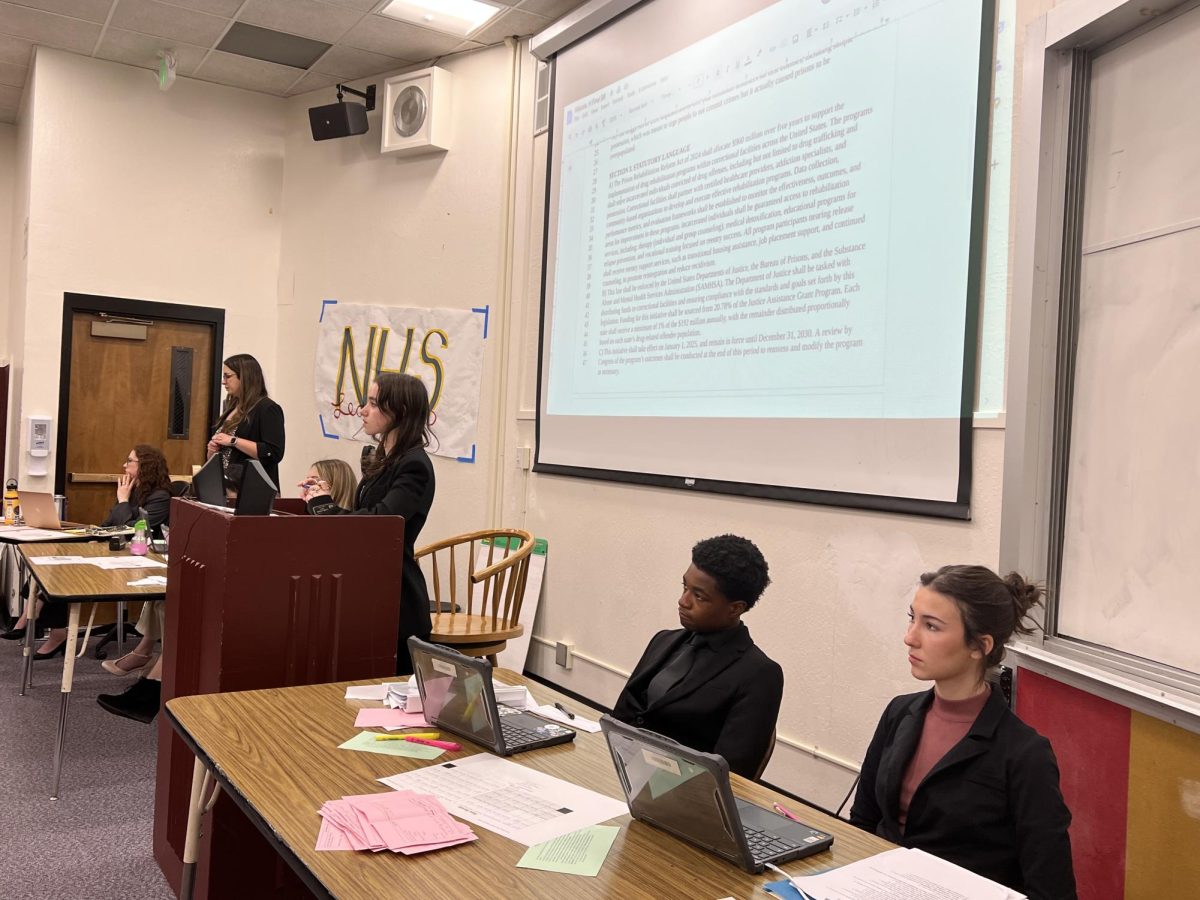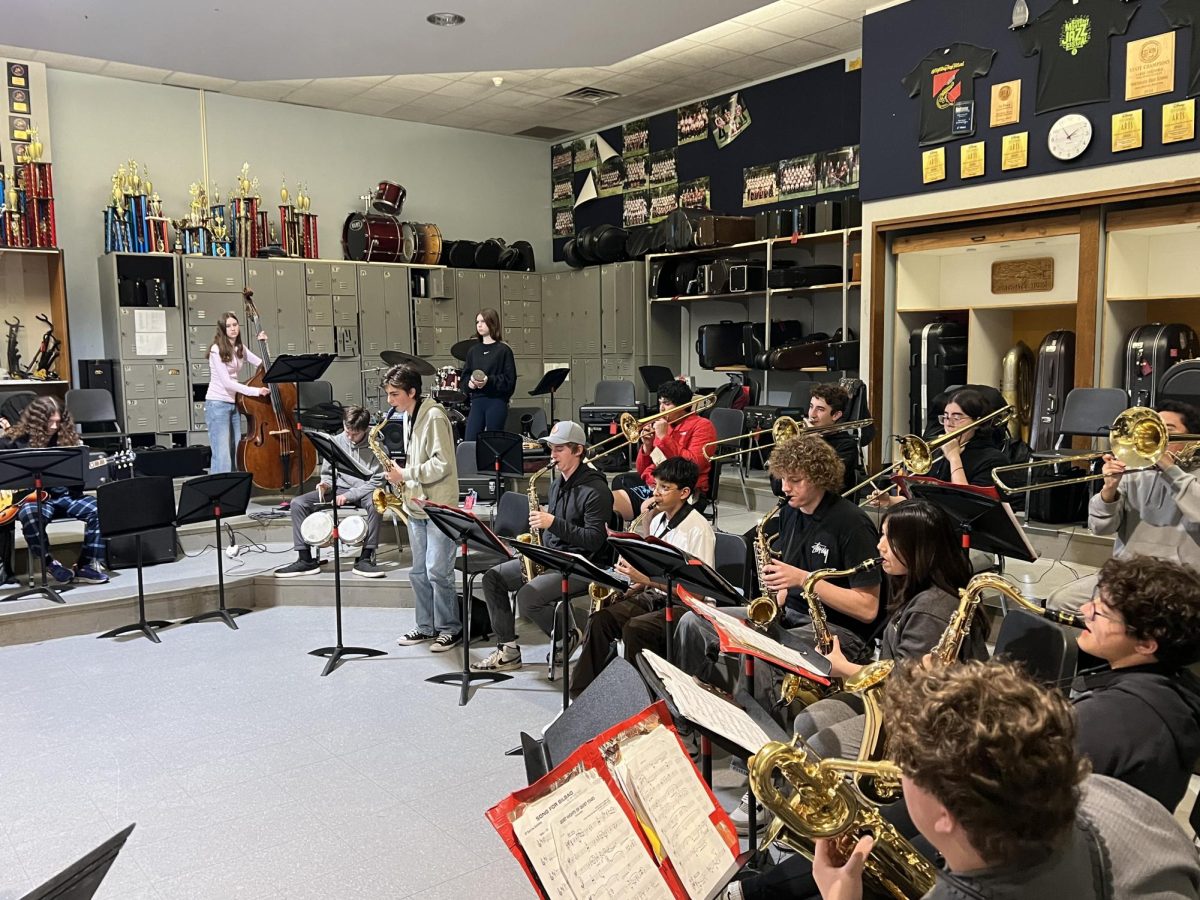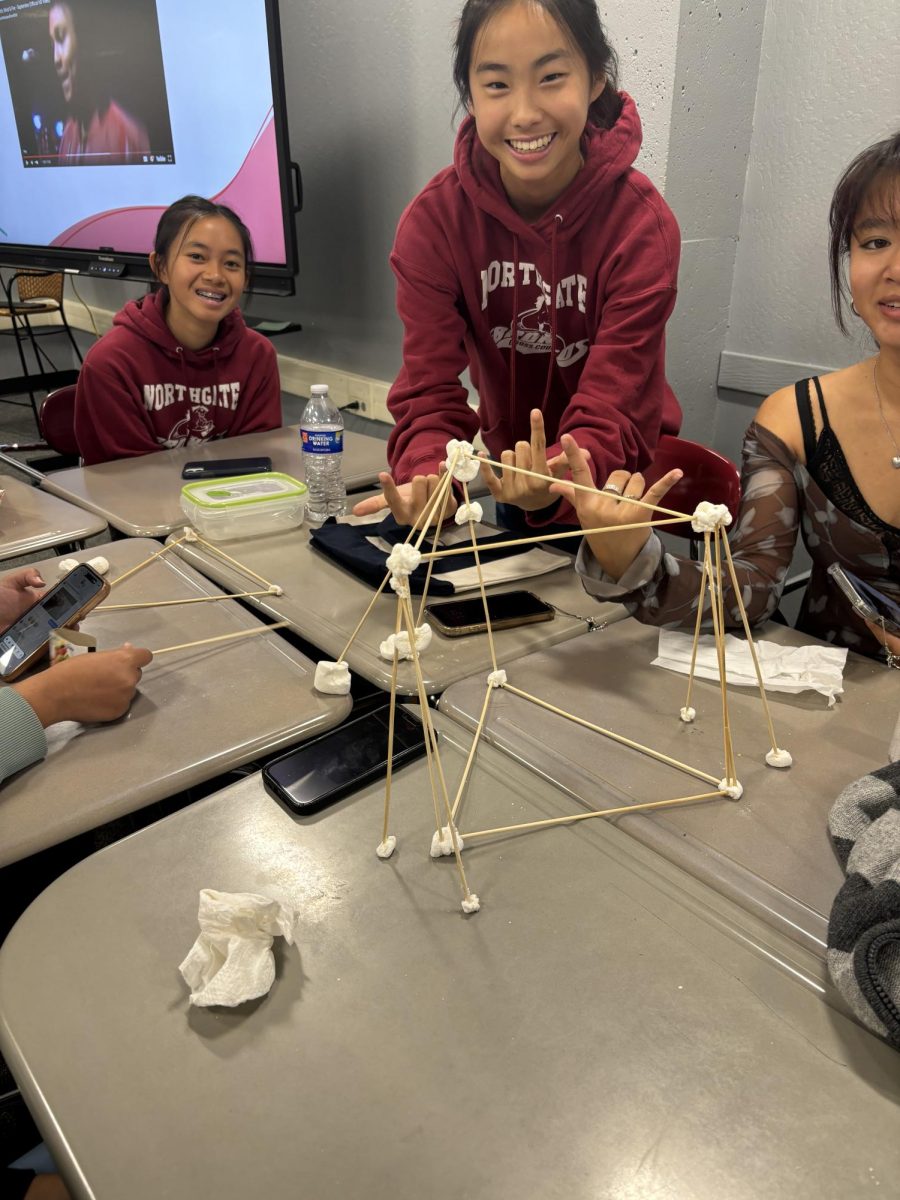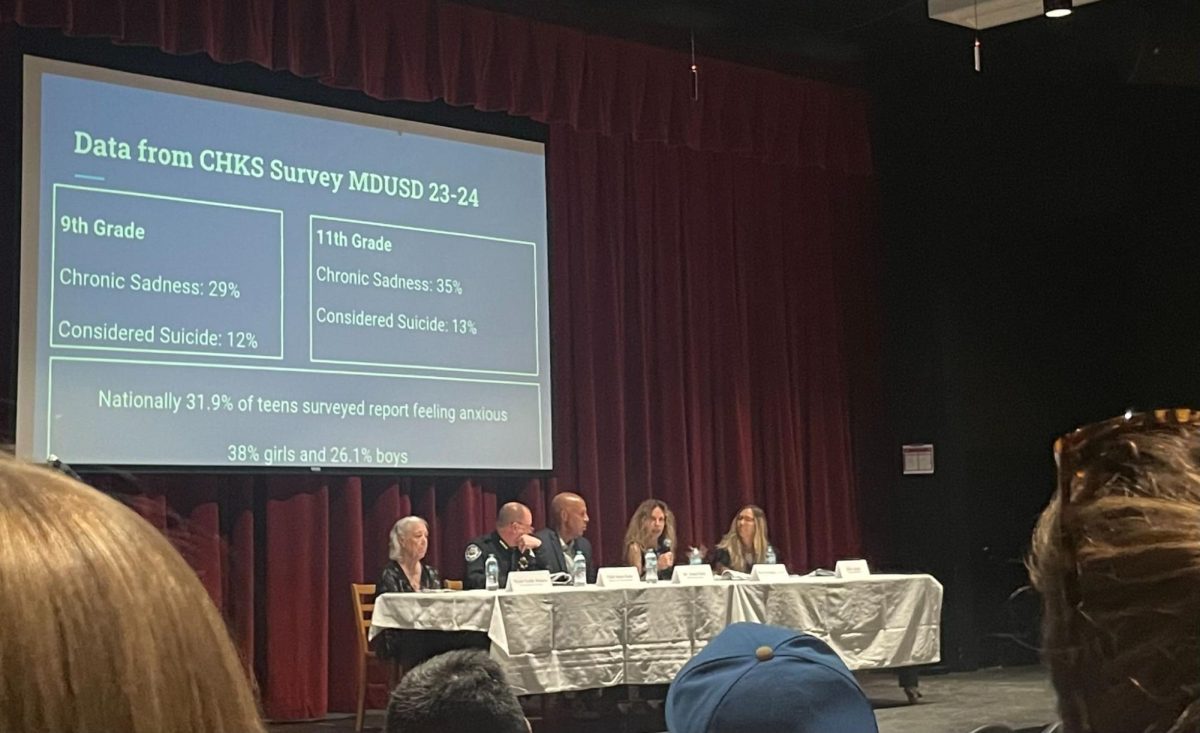Is Journalism a Dying Art?
In the age of a technological takeover, “good” journalism is, objectively, subjective; there cannot be any firm definition put on what makes journalism “good”, as the variations of facts presented in news will always have the favor of at least one reader who shares those same views.
In spite of this, I found myself questioning what kinds of responsibilities come with being a journalist. With social media now serving as the breeding grounds of fake news and misinformation, there must be some qualities that are integral to the foundation of being a journalist. And in the time of such rampant fake news, perhaps “good” journalism is more important than ever.
So, shouldering my preconceptions about the nature of this rabbit hole of thought, I decided to pursue that burning question: what makes a good journalist? Is good journalism important?
Once it formed in my mind, I googled the exact question. An obvious first move, I know. Unsurprisingly, I was met with a slew of adjectives in articles, long lists of traits and qualities essential to a successful career in the industry. Curiosity, people skills, and an eloquent writing style. All definitive answers to my question. Upon initial inspection, you might think the quest for answers was complete.
I thought so too, until I couldn’t find any real examples of these things. I searched, but to my dismay, I found no applications of these skills in action. No inside scoop with an actual person who embodied the traits and had the solid work to show for it. To me, the image of this ‘good’ journalist felt hazy, even discombobulated, without any real people to be emulated.
Inspired to pin down this broad idea, I decided to seek insights from a selection of journalists (all female) who are, to say the least, quite knowledgeable of the journalism game.
Women journalists have historically been uncommon. According to Clay Haswell, retired journalist of 40 years whose positions included Associated Press bureau chief in California and Nevada before going on to become director of Asia and the Pacific, “…women journalists were a rarity even 50 years ago. The few women that did land newspaper jobs often got shunted into weddings, features etc. So I think women are illustrative of a new wave in journalism.”
Bearing this in mind, I had heard enough about the prophesied story-telling prowess a good journalist would epitomize; I wanted to hear about how these abilities have actually served and manifested in the field.
Margie Mason & Robin McDowell
Partners at the Associated Press, Pulitzer Prize winners Margie Mason and Robin McDowell are perfect examples of an insatiable drive for knowledge. Ms. Mason is a foreign correspondent in Asia and Ms. McDowell has recently been named Vice President for investigations in the AP. I had the great privilege of interviewing them both.
Winning the Pulitzer for their coverage of hidden slavery in the Asian fishing industry, both women have had several notable run-ins with dangerous situations. In fact, they specialize in “look[ing] for open secrets and then turn[ing] them upside down, so that, you know, the people see it for the first time and understand really what’s happening.” Together, Mason and McDowell did just this, on multiple occasions.
One such occasion was a story on Myon Burrell, a young, African American man who was incarcerated for murder at the age of 16 during the “superpredator” era. A time of vast paranoia that spanned the nation and snaked its way into everything from popular media to the United States government, the “superpredator” myth took hold in the 1990’s. Over this period, racism thrived in a remarkable wave; The unsubstantiated concept of “moral poverty,” as it was called by respected academics such as John J. Dilulio Jr., suddenly superseded the humanity of youths of color, particularly Blacks.
Ms. McDowell described how, as they sought to uncover the truth, “just how normal it still is for reporters to get their information when they’re covering the courts from the D.A., from the police, from the…prosecutors…and to not go to talk to the victims, the victims families, the suspects, the suspects’ families.” The issue in this was made crystal clear when she shared that even the chief public defender of the case had never spoken to anyone from the Associated Press. In the end, though, Ms. Mason and McDowell actually had a hand in keeping Burrell out of prison because of their work.
I found this dedication to justice awe-inspiring. But, as Ms. Mason promptly mentioned, “…most of the time, people don’t give us tips. They don’t come to us and say, ‘hey. I’ve got this hot thing, Investigate this.’ We just don’t do it like this. It’d be nice, maybe. I don’t know. Because it’s just not the way we see stories.”
This simple misconception struck me, as someone who has a fair share of lingering crime-film cliches floating in my mind. A journalist can so quickly take the easy route: obtain the official reports and document the already weighted perspective, or exaggerate and sensationalize for an attractive story. Or, they seek out every account of a case to expose the hard truths. And this is exactly what Mason and McDowell continually practice in their work.
Though sensationalism is a byproduct of journalism, Mason and McDowell pointedly stated that victims contribute to the problem because of their desire for publicity.
“Often, 90% of the story is true, and it’s such a powerful and compelling story. They don’t need to add to it, but they’ll add one little detail or…they’ll make up something…that negates their whole story,” Ms. McDowell explained. “We’ve had the Transportation Minister in Indonesia claim that…there were survivors in a plain crash and that he saw them. That they were found with their life vests on or something, which would indicate that they had time while the plane was, you know, free falling, or after the plane hit the water, they had time to put the vest on. And it just wasn’t true.”
Although it can be tempting to take the word of a politician or political figure, Ms Mason reaffirmed how, “[the] bottom line is, you know, even when it’s somebody official saying something, it can be wrong, and it’s a mess when it’s wrong.”
Being interested in the true substance of a story beyond a flashy headliner is something that curiosity alone doesn’t cover. Real change was achieved through the actions of Margie Mason and Robin McDowell, which cannot always be said about news coverage.
Marcia Parker
Though a Vice President of Philanthropy at one of the most longstanding news organizations in the country, The New York Times, Marcia Parker’s passion for investing and uplifting progressively modern media projects is a highlight of her journalism career.
Having taught at Columbia University as well as having been the assistant dean at the UC Berkeley Graduate School of Journalism, Parker’s traditional experience is extensive. However, she was also an integral part of the creation of the CalMatters platform, one of the most acclaimed nonprofit news organizations in the country; Ms. Parker shared how being part of the process of “building an organization essentially from scratch” was the most “transformational” facet of her career. The nonprofit model is one that is recently emerging, but has proven to rely more on volunteerism and a passion for community than any for-profit establishments.
The team members of these organizations act reliably in the interests of the public, a welcome refresher from the divide in media that is caused by partisan biases present in most popular platforms (both liberal and conservative.)
Ms. Parker stressed also the importance of “empathy and understanding of just the human condition, the state of our communities, the state of our nation.” Referring to this sense of empathy when it comes to interviewing, Parker reiterated how “you can’t go into it without that, because if you do, then you’re not listening. You’re not being open to what you’re hearing even though you’re hearing all the sides.”
This sense of model of well-roundedness is further reinforced by the fact that not only is CalMatters nonpartisan, but Ms. Parker expressed great pride in its variety of representation. “We literally tried to reflect the percentages of the…diverse people of California,” she explained, and how, “we actually…need people who represent the place where we live.” Speaking on the lack of ethnic and racial diversity in other “legacy media” (even the Times), Ms. Parker stated also how CalMatters has significantly more leaders of color, and particularly women of color. “So I liked that part that I was able to play a role, and then I’m still able to really work with and foster and mentor a lot of the newsroom leaders in the nonprofit space.”
Michelle R. Smith
Associated Press Correspondent in Providence, Rhode Island, Michelle R. Smith is another veteran who is no stranger to forging ahead in difficult stories.
In my discussion with Ms. Smith, though she laid heavy emphasis on the aforementioned curiosity that is integral to a successful journalist, she also spoke on the importance of integrity.
Beginning her official career with the AP at the San Francisco bureau in the late 1990’s, Smith recalled how, “I just remember getting the message that being right was the most important thing, like, being correct. And if we get something wrong, we fix it. And that’s okay.”
Currently based in Rhode Island, Ms. Smith makes the best use of her surroundings. The preparatory work for her most notable story, a profile on former National Security Advisor Michael Flynn that was turned into a 2022 Frontline episode, began in 2017. “I was covering him kind of from the local angle, but I was always trying to push the envelope on stuff.” She explained how she covered Flynn’s involvement in the Mueller investigation and how, “…all that time, I was covering him. I was building up sources, like his family members, his friends, people who knew him here locally, who knew his family.”
Although Ms. Smith recalled becoming swept up in the chaos of the pandemic, she recalled how upon the events of January sixth, she had still been “keeping her eye on Flynn.” Her watchfulness paid off, as was illustrated when Smith “noticed that he was hanging out with anti-vaxxers.” Gathering evidence to contribute to the investigative sub-pieces within the broader public health project, Ms. Smith’s tireless work of fact finding on Flynn landed her the Frontline story.
Though she focuses much of her own attention on astute observation, Smith also mentioned how she notices at times how journalists “don’t have as much of a commitment to that, or as much of that culture, where people try to kind of hide mistakes or act like they didn’t happen. And it just erodes trust with your reader, with your sources.”
This sense of sincerity rang true as Smith detailed one of her most important stories, on a night club fire in Rhode Island that killed 100 people and left hundreds more injured. Ms. Smith recalled how the victims had been failed not only by the government, as building inspectors had failed to catch the flammable materials used in the sound proofing, but also by other reporters: “some of them had dealt with what they described as, you know, reporters who were there for a story…and some people were saying that they felt there were some reporters who wanted to win a prize, and they felt it wasn’t really about them as a witness or someone who experienced it, but about the reporter.”
Another point that Ms. Smith made was the importance of separating personal feelings when it comes to interviewing subjects. Though this may sound apathetic, it actually is meant in quite the opposite way: Smith explained how at times, people are quick to be upset with her, to think of her as “the jerk,” in her words. In spite of this, she described how she maintains both her compassion and her drive for information by being able “to kind of separate myself…and look at that person as a person. What are they going through? Have some empathy for them, it’s about them. It’s not about me. And that’s just something that I think is really important.”
Conclusion
My first thought after each interview with these remarkable women was, in all honesty, not even a real thought. More of a short-circuit, a blown-mind at the incredible work they had all described to me in such detail.
The experiences, insights, vision and dedication of ………… (name all four!) bolster the validity of the traits listed in the numerous articles about “good journalism,” yes, but the applications in the real world are what struck me. Journalists have a defining hand in societal expectations, norms and trends; however, I personally never truly considered how balancing objectivity, curiosity and a sense of appreciation for people and their experiences is such an essential feat.
Question Revisited
So, is journalism a dying art?
Of course not.
However, it is up to ethical and dedicated journalists to keep this essential function in a democratic society alive and well.
To reflect, here are some of the (albeit redundant) central takeaways, for journalists local and global:
- Be curious, but integrate a tinge of skepticism. Do not blindly chase the most flamboyant stories that are told, as there will always be the risk of deception.
- Be empathetic, but detach from your own feelings of discomfort to ensure the interviewee is allowed to fully express their own feelings.
- Be pragmatic and continuously aware of the information that may serve you in a future case.
- Determination is key. Because it is significantly harder to succeed in the industry as a woman, those who are at a disadvantage must work even harder to rise above and thrive.
The resolve to commit to the immense work of uplifting communities while also strengthening the integrity of their establishments is what sets a journalist and a “good” journalist apart. I had never been privy to an actual discussion of what goes into the work of a journalist, and being able to learn from the experiences of each of these women is something for which I am forever grateful.

